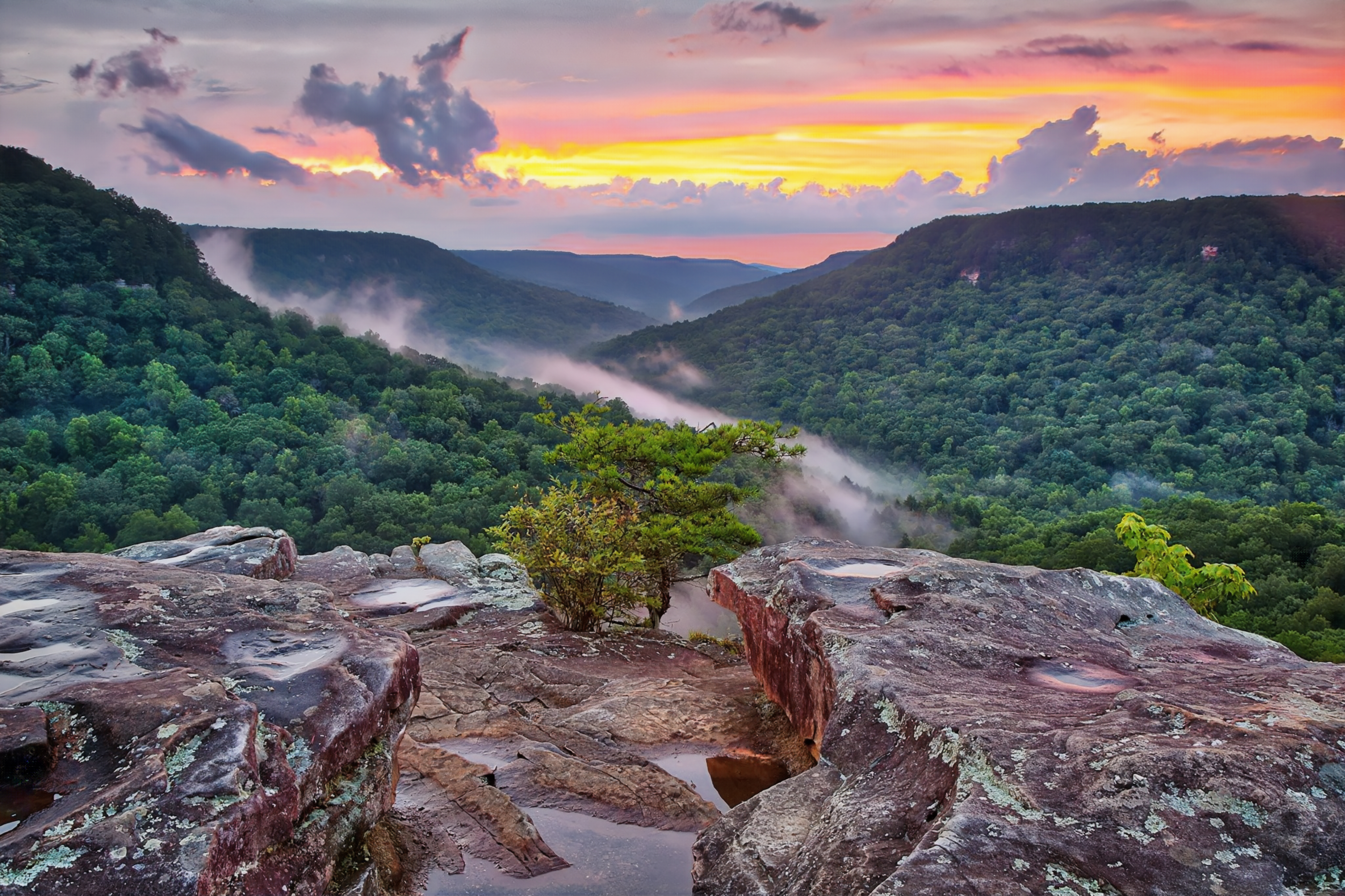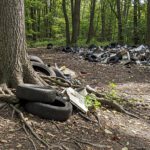
Tennessee’s Scenic Byways are more than just roads. They are some of the most treasured corridors in the state. They wind through majestic mountains, stunning river valleys and treasured historic landscapes. Whether you’re chasing fall colors on the Cherohala Skyway or following the Great River Road along the Mississippi, these routes offer unforgettable views and rich cultural experiences. But their beauty is fragile, and litter puts it all at risk.
However, with an estimated 88 million pieces of litter on Tennessee roadways at any given time, the threat to these treasured places is real. Even a single discarded cup or bag can stand out against a sweeping landscape, disrupting the natural beauty that draws millions of travelers each year. That’s why protecting these byways from litter isn’t just a nicety; it’s a necessity.
What Is a Scenic Byway?
A Scenic Byway is a road that’s recognized for its cultural, historic, and environmental importance, not just to Tennessee, but to the American Highway System. Designated by the U.S. Department of Transportation, these routes are part of a nationwide network of approximately 200 roads known as America’s Byways.
Each Scenic Byway must meet strict criteria and be supported by planning documents, local caretaking organizations, and one or more of six “intrinsic qualities”: historical, recreational, cultural, archaeological, scenic, or natural. Many of Tennessee’s byways feature several of these qualities, making them especially meaningful to both residents and visitors.
Tennessee proudly boasts thirteen designated Scenic Byways. That’s more than any other state east of the Mississippi River, and the third-most in the nation. Spanning all three Grand Divisions of the state, each byway tells a unique story.

Why Keeping Scenic Byways Litter-Free Matters
Because these roads are so special, they deserve special care. Litter doesn’t just spoil a view. It erodes the very essence of what makes these routes worthwhile to travel.
- Litter-free roads enhance safety: Debris can blow onto the pavement, distract drivers, or even damage vehicles. This increases the risk of accidents and leads to costly cleanup efforts and lane closures.
- Litter-free roadways protect the views: These routes are renowned for their sweeping panoramas, forest tunnels, riverfronts, and mountain overlooks. Trash interrupts the experience and distracts from the natural beauty.
- Wildlife stays safe: When food or litter is discarded on roadsides, animals often mistake it or become entangled in the waste.
- Communities along these routes benefit: The cities and towns that are located along these routes benefit from increased tourism when roads are clean and inviting. And, visitors are more likely to recommend and revisit scenic routes that are well-maintained.
Your Role in Keeping Scenic Roads Beautiful
Maintaining these stunning routes is a team effort. Through the Tennessee Department of Transportation’s Nobody Trashes Tennessee campaign, volunteers and partners across the state are stepping up to keep scenic roadways clean, and you can too.
Here’s how you can help:
- Join a local cleanup or organize one with your community or organization.
- Report littering through Tennessee’s Litter Hotline.
- Adopt a stretch of highway and help keep it clear all year round.
- Set the example by always securing your load and never littering.
Even the smallest action, like picking up a piece of trash on a trail or at a rest stop, can help keep our scenic byways beautiful.
Let’s Keep Tennessee’s Best Views Worth the Drive
Our scenic byways are living postcards, welcoming drivers from across the country with sweeping vistas, cultural treasures, and natural wonders. But they only stay beautiful if we care for them. Keeping these roadways litter-free is one of the most meaningful ways we can show our love for Tennessee. It also ensures these drives remain as breathtaking tomorrow as they are today.
Find Out More about the Scenic Byways
Ready to experience the Scenic Byways of Tennessee yourself? Download this beautiful booklet, which includes maps, photos and more for each of the thirteen designated byways in our state.



